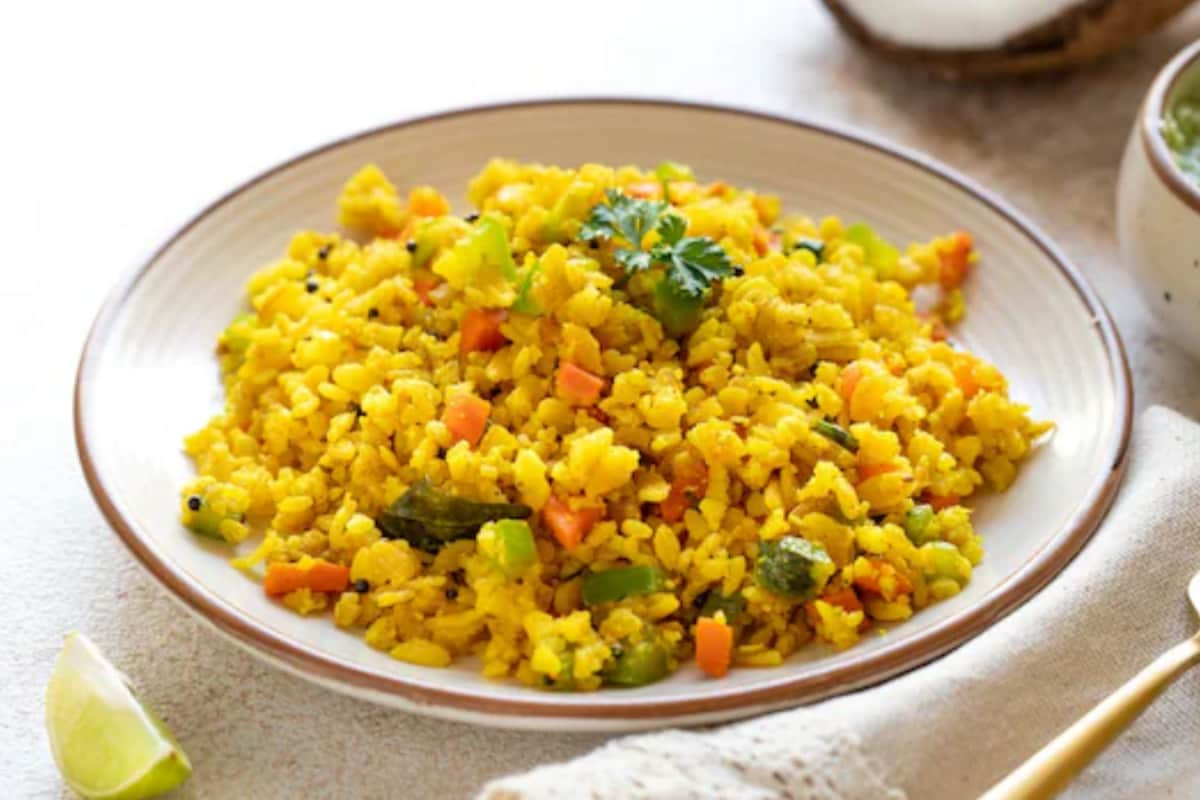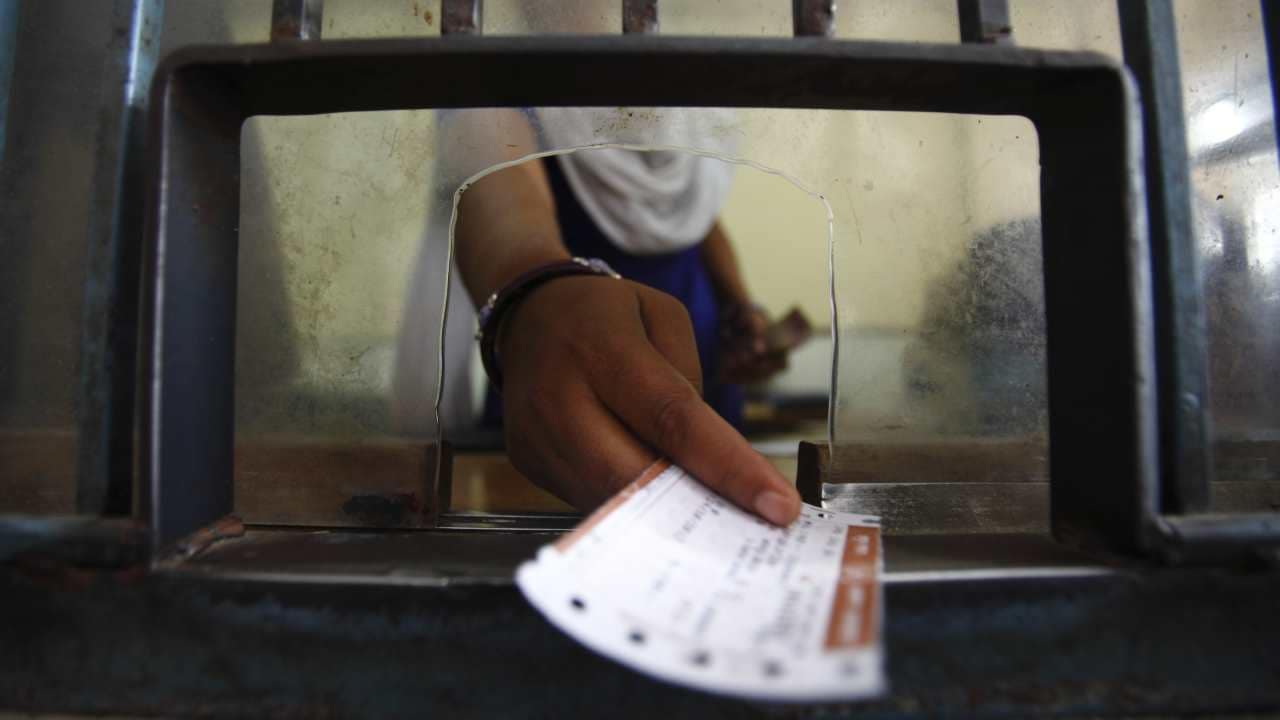Poha is one of India’s most beloved breakfast dishes, but let’s be honest, getting it just right is trickier than it looks. You may think you’ve nailed it by adding onions, green chillies, and a generous
squeeze of lemon, yet the final result often turns out dry, crumbly, and bland.
Conversations with a few expert chefs revealed that the secret to perfect poha lies in its simplicity. In fact, the key to achieving soft, moist poha is not in the cooking itself, but in the washing and resting process. If you miss this crucial step, even the finest spices can’t save the dish.
Moisture, temperature, and timing are essential elements that determine the final texture. This guide brings together these small but essential techniques to help you get it right every single time.
If your poha often turns out dry, here’s how to prepare it like a chef.
Why Does Poha Turn Out Dry?
- Washing it improperly: Poha must be rinsed gently, never scrubbed or soaked for too long. Oversoaking will make it mushy and sticky, while skipping this step altogether leaves it dry and brittle.
- Incorrect soaking method: Avoid soaking poha in a bowl of water. Instead, place it in a sieve or colander, rinse lightly under cold running water, and leave it to sit for 5-7 minutes. This allows it to absorb just the right amount of moisture.
- Overcooking: Poha is already pre-cooked rice flattened into flakes. It only needs minimal cooking. Overcooking dries it out and ruins its light, fluffy texture.
Tips For Soft And Fluffy Poha Every Time
- Wash and rest properly: Rinse poha lightly under cold water using a sieve. Let it rest for 5 to 7 minutes; this step is crucial for a soft, fluffy outcome.
- Sprinkle water if needed: If the poha looks a bit dry while cooking, sprinkle 1 to 2 tablespoons of water, cover with a lid, and steam for 2 minutes.
- Add fresh vegetables: Incorporating onions, peas, potatoes or carrots naturally adds moisture and enhances the taste.
- Don’t skip the lemon: Lemon juice not only lifts the flavour but helps prevent a dry texture, keeping the dish fresh.
- Garnish wisely: A sprinkle of coriander, coconut shavings or pomegranate seeds enhances both taste and appearance.
Is Poha Healthy?
Absolutely. Poha is considered a light and wholesome breakfast option. It’s easy on the stomach, low in calories, and easy to digest. Adding curry leaves, vegetables, and peanuts further boosts its nutritional value.
Lightly frying it in minimal oil helps maintain both its taste and health benefits.
Where Does Poha Come From?
Poha is most famously associated with Madhya Pradesh, especially the iconic Indori Poha, typically topped with sev, coriander, and pomegranate seeds, best enjoyed with hot jalebi.
However, you’ll find variations across Maharashtra, Gujarat, and Rajasthan, ranging from sweet and tangy to mildly spicy.
Is Poha Good For Weight Loss?
Yes, it’s ideal for those trying to shed a few pounds. Poha is light yet filling, with a good balance of fibre and carbohydrates. When paired with peanuts and vegetables, it becomes a nutritious, high-fibre, low-calorie breakfast choice.
Quick And Easy Poha Recipe
- Place 2 cups of poha in a sieve, rinse gently under cold water, and let it rest for 7 minutes.
- Heat 2 tablespoons of oil in a pan, add mustard seeds, curry leaves, onions, peanuts, and peas.
- Add turmeric, salt, and green chillies, then mix.
- Add the poha. If it seems dry, sprinkle a bit of water and cover with a lid.
- Finish with lemon juice, chopped coriander, and sev. Serve hot.
Final Tip: If your poha has always turned out dry or crumbly, don’t give up. With just a little care, especially when washing and resting the flakes, you can transform it into the ultimate home-style breakfast. Simple tweaks make all the difference.










